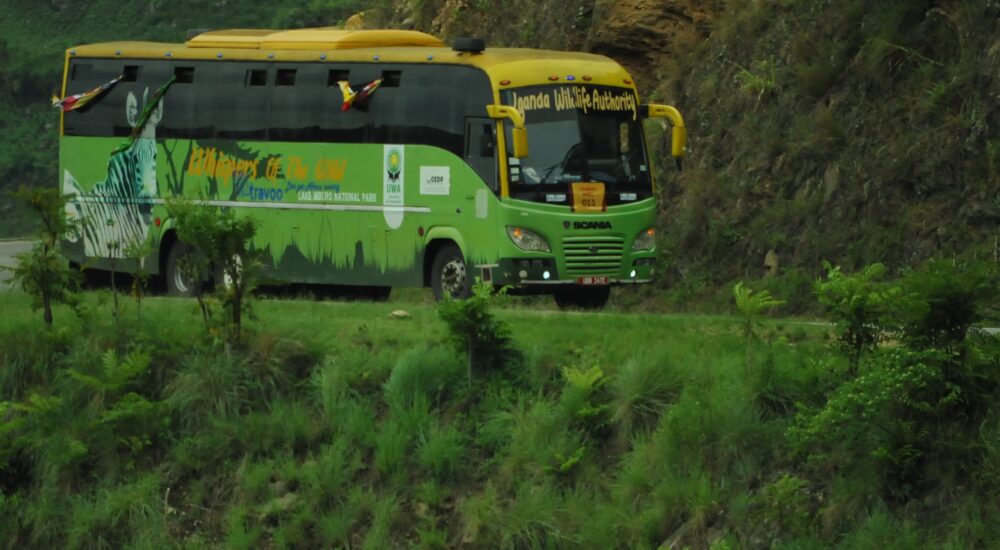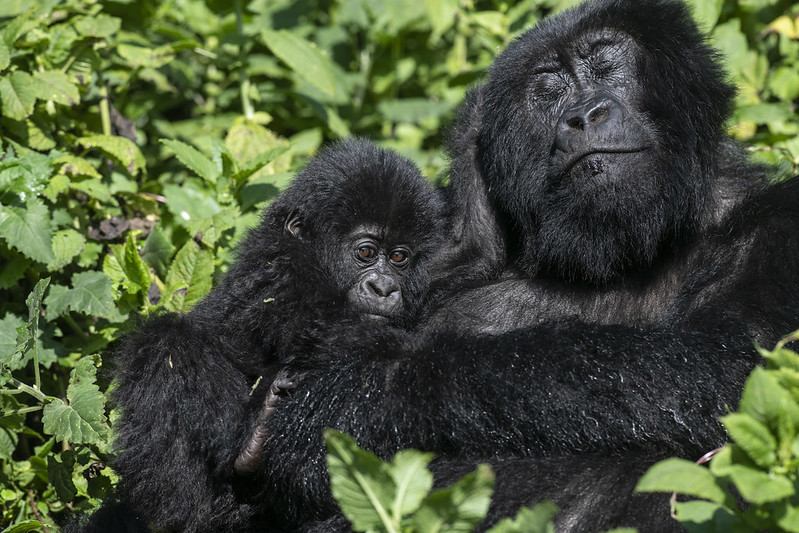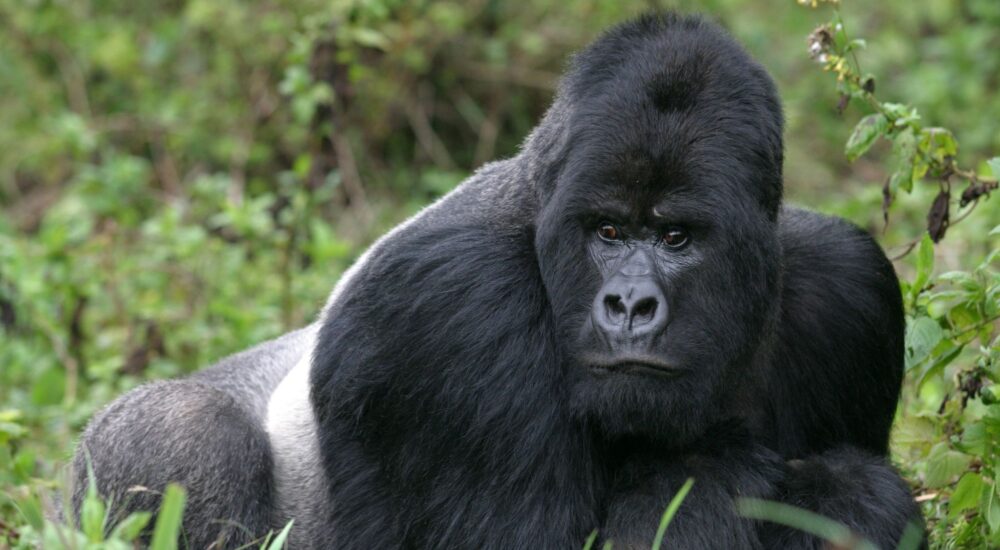Africa is a continent of breathtaking landscapes, iconic wildlife, and once-in-a-lifetime travel experiences. Whether you're…
Kigali Memorial Center
Kigali Memorial Center, In Gisozi-Kigali, Rwanda, the Kigali Genocide Memorial Center is a place where people who died in the 1994 Rwandan Genocide can be buried. Aegis Trust, a Genocide prevention group based in the UK, started it and still runs it for the Rwanda National Commission for Genocide Prevention. More than 250,000 Tutsi Genocide victims are buried at the Kigali Genocide Memorial center at Gisozi, which opened in 2004. People can learn about how the Tutsi Genocide happened and about genocide in the 20th century at this monument.
The Rwandan slaughter in 1994 was caused by differences in tribe between the Hutus and the Tutsis. The war lasted more than 100 days. It is estimated that between 800,000 and 1,000,000 Rwandans died in this terrible massacre. Hundreds of Rwandans were killed brutally, including UN troops who had come to the country to help make things better. A lot of families had to leave their homes, and some ran away to nearby countries like Burundi, the Democratic Republic of the Congo (DRC), Uganda, and Tanzania.
A lot of people were dumped in bodies of water. Some were found floating in the water, while others were found on the sides of rivers. Many people died when their boats sank and water animals like alligators ate them. Some were found in the streets and woods after being left behind and were saved. At the Kigali Genocide Memorial Center, all of these bodies were put together in mass graves.
The Kigali Genocide Memorial Center shows both Rwanda’s nightmare and the history of the horrible 1994 Genocide. It has a lot of information about the deaths, like their names, pictures, last words, and how they were killed.
On site at the Kigali genocide Memorial Center are an education center, memorial grounds, and a national documentation center. Everything above helps to honor the people who died in genocide and is a powerful way to teach future generations. At the very least, there is hope that this killing will not happen again with the next generation in Rwanda and that differences between tribes or between people will never be a problem again in terms of being human.
The wall of names is a tribute to those who have died, and it is still being built. A lot of the names of the dead haven’t been written down yet, and a lot of people who were buried are unknown. There is peace in the memorial gardens, where you can think about the past of the Tutsi Genocide. People who go there are asked to think about how we are all responsible for stopping injustice and mass murder. The center also helps people, especially widows and children who have lost a parent.
Rwanda was affected by the genocide in every part of the country, so there are many moving memorials all over the country. The biggest memorial is in Kigali. It could be as easy as a quiet garden where people can think, or it could be bigger and have artifacts, remains, and displays about the genocide.
Outside of Kigali’s main memorial area, there are the following memorials:
Memorial to the Bisesero Genocide
Memorial to the Ntarama Genocide
The Belgian Monument at Camp Kigali
Memorial to the Murambi Genocide
Memorial to the Nyanza Genocide
Memorial to the Nyamata Genocide


